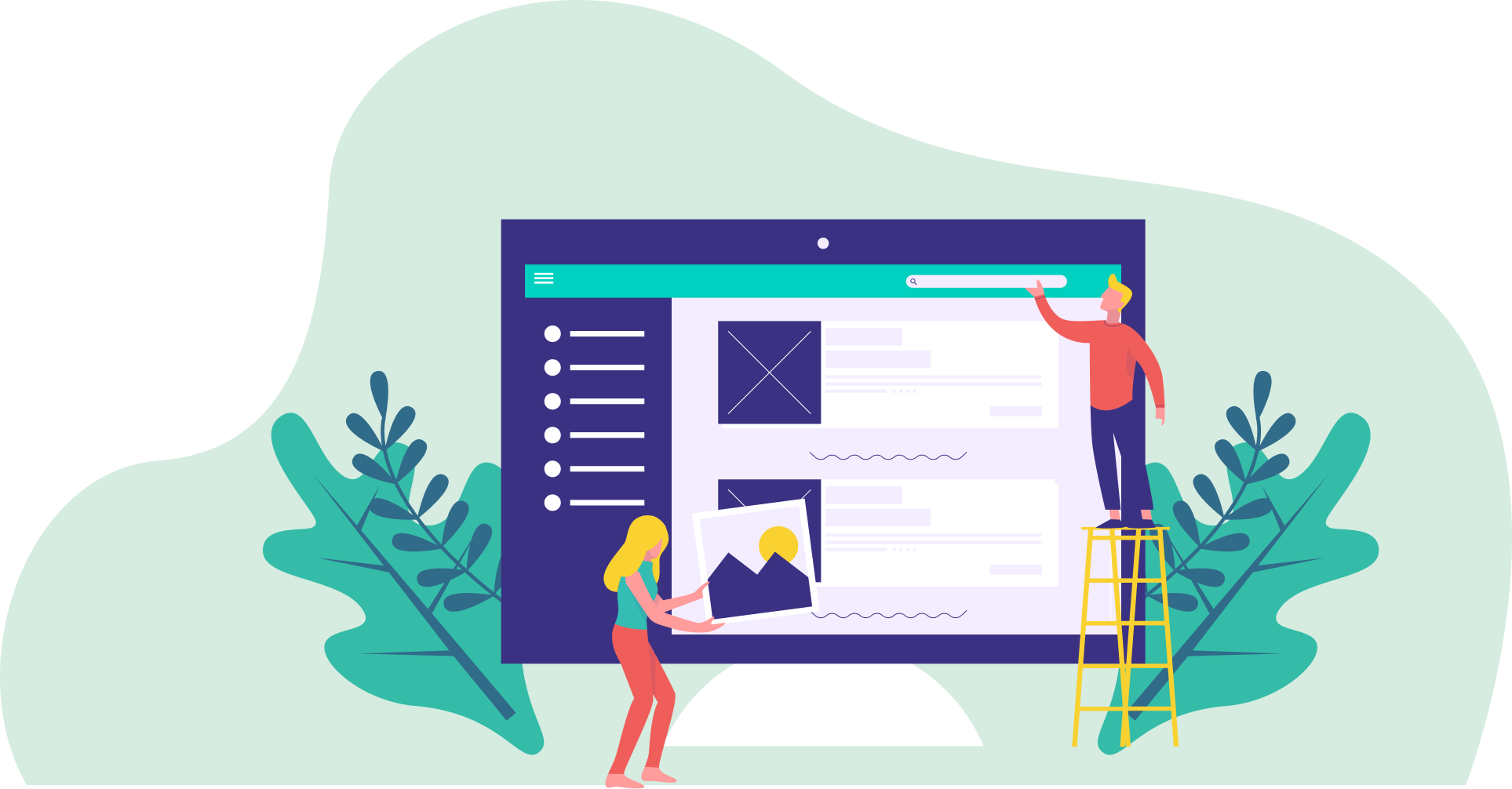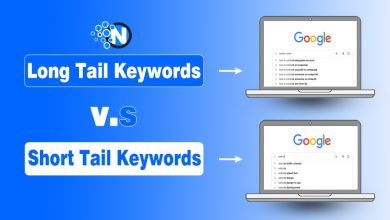What Information Will the UX Consultant Give you, and How Should you Use it to Develop your Digital Product?

UX consultants are a dime a dozen these days. With the ever-growing popularity of digital products, it’s no wonder that more and more businesses want to hire someone to help them create the perfect user experience. But what exactly does a UX consultant do? And how can you use their advice to develop your digital product?
A UX consultant’s primary job is to understand the user’s needs and translate that into design specifications. To put it another way, they should be able to figure out what users want and expect from your product and then help you design something that meets those needs.
Keep reading to learn more about what a typical UX consultant does and how their advice can be used to develop your digital product.
What is the UX consultant’s role in your business, and what will they provide you with.
Like the majority of business owners, you probably wear a lot of hats. You’re the CEO, the CFO, the head of HR, and the janitorial staff all rolled into one. And while you may be good at some of those things, chances are you’re not an expert in all of them. That’s where a UX consultant comes in.
A UX consultant is someone who specializes in user experience and can help you design a website, app, or product that is easy to use and meets the needs of your customers. They will work with you to understand your business and customers and then help you create a user-friendly interface that will make them want to return for more.
UX consultants usually have a background in human-computer interaction, psychology, or design. They need to consider people’s emotional and cognitive experiences with technology to achieve this. They must feel both their own emotions and those of the users in developing an intuitive user interface that is both pleasant and efficient.
Here are some of the things a typical UX consultant will do:
Understand your business and your goals
The first step in any good consulting relationship is understanding the business and its goals. A UX consultant will take the time to learn about your company, your products, and your customers. They will also ask about your goals for the project and what you hope to achieve. This information will help them understand the context in which they will be working and ensure they are able to provide you with the best possible advice.
Understand your users and their needs
The next step is to understand your users and their needs. A UX consultant will talk to your target audience, learn about their goals, and understand their pain points. They will also look at how they interact with your product and see if any areas could be improved. This information will help the consultant understand what users want and expect from your product and how to design an interface that meets those needs.
Create user personas
Once the consultant understands your business and your users, they will create user personas, fictional characters representing your target audience. They include demographics, goals, pain points, and how they interact with your product. User personas help the consultant understand the needs of your users and design an interface that meets those needs.
Create user journeys
The next big step is to create user journeys. These are the paths that users take as they interact with your product. User journeys help the consultant understand how users interact with your product and their experience. They also can help recognize any areas where there might be confusion or frustration.
Create prototypes
After the user journey has been mapped out, the consultant will create prototypes. These mockups of your product allow users to interact with it and give feedback. Prototypes help the consultant understand what works and what doesn’t work before they start building the actual product.
Provide you with recommendations
After this research, the UX consultant will provide you with recommendations. These might include changes to your product, new features to add, or ways to improve the user experience. The consultant will also provide a report outlining their findings and recommendations. This report is an essential tool to help you make your product decisions.

How to use the data provided by the UX consultant to improve your website or app.
A UX consultant can provide a wealth of information about how users interact with your website or app. Studying user behavior can identify areas where your site or app could be improved. Here are a few ways to make use of the information provided by a UX consultant:
- Take a closer look at your site or app’s design.
Does it flow logically from one page to the next? Are the buttons and icons easy to understand? Is the overall look and feel pleasing to the eye? A UX consultant can help you identify areas where your design could be improved.
- Be sure your content is so much clear and concise.
Users should be able to quickly find the information they’re looking for on your site or app. Consider simplifying complex language, breaking long paragraphs into shorter chunks, and using bullet points to highlight key points.
- Pay attention to user feedback.
A UX consultant can help you gather user feedback and identify common issues. Use this feedback to improve the user experience on your site or app.
By following these tips, you can use the information provided by a UX consultant to create a user experience on your website or app that will be unforgettable for the users.
The importance of user feedback when making changes to your website or app.
Any website or app owner knows user feedback is essential to creating a successful product. After all, users interact with your site or app daily, so they’re in the best position to know what works and what doesn’t. But how do you go about incorporating user feedback into your decision-making process?
Here are a few tips:
1. Pay attention to patterns. If you’re seeing the same piece of feedback come up again and again, it’s probably worth looking into.
2. Don’t be afraid to experiment. Making changes to your website or app can be daunting, but sometimes it’s necessary to improve the user experience.
3. Be open to feedback from all quarters. User feedback doesn’t just come from formal surveys or focus groups – it can also come from informal conversations, social media, and even reviews.
Tips for gathering user feedback effectively so you can improve based on actual data.
User feedback is essential for improving your website or app, but knowing how to gather it effectively can be challenging. Here are a few tips:
1. Use multiple methods. Don’t rely on just one way of gathering user feedback – use a combination of surveys, interviews, focus groups, and user testing. This will give a more holistic perspective of the user experience.
2. Make it easy for users to provide feedback. If you make it too difficult or time-consuming for users to provide feedback, they’re likely to give up and go elsewhere.
3. Be open to negative feedback. It can be so hard to hear any criticism, but improving your product is essential.
4. Follow up with users. Once you’ve gathered feedback, follow up with users to thank them for their input and let them know what changes you’re making based on their feedback.
5. Always be learning. The user experience is constantly changing, so your feedback-gathering process should evolve continually.
Let UX consultants help you design a better product today.
UX consultants can provide valuable insights into improving the user experience on your website or app. They can help you identify areas where your design could be improved, make sure your content is clear and concise, and pay attention to user feedback.
Grand Studio offers you qualitative UX research consulting to understand your users, their needs, and how they interact with your product. With this understanding, they help you design a digital product that meets your needs and provides you with a great user experience.
Contact Grand Studio today to learn more about how they can help you design a better product!




